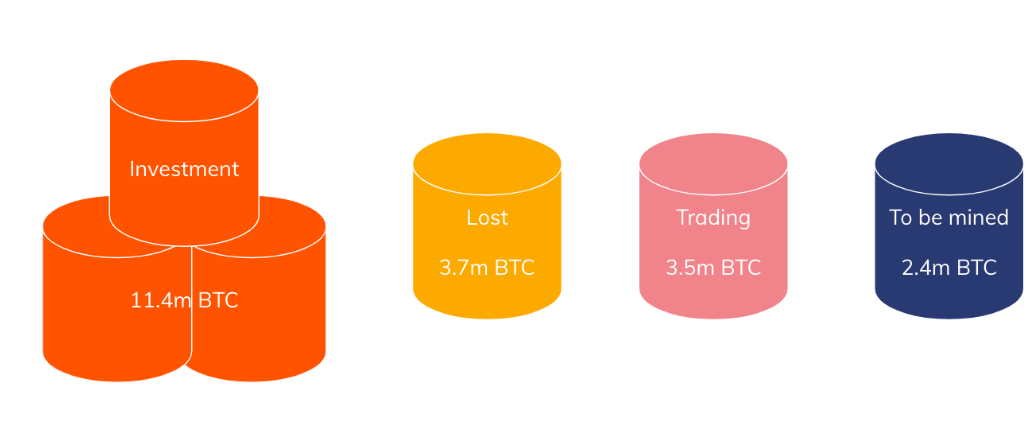Tether CEO Paolo Ardoino has dismissed concerns that quantum computing poses an immediate risk to Bitcoin’s security.
His remarks follow reports that Google anticipates commercial quantum computing applications could emerge within the next five years.
SponsoredQuantum Computing Might Allow Lost BTC to Reenter Circulation
In a February 8 post on X, Ardoino reassured the community that Bitcoin’s cryptographic security remains intact. He stated that quantum computing is still far from posing a meaningful threat and that Bitcoin would adopt quantum-resistant solutions before the technology becomes a serious concern.
However, he pointed out that if quantum technology advances significantly, inactive Bitcoin wallets—particularly those belonging to lost keys or deceased owners—could face exposure.
This includes wallets believed to contain the estimated 1.2 million BTC linked to Bitcoin’s pseudonymous creator, Satoshi Nakamoto.
“Any Bitcoin in lost wallets, including Satoshi (if not alive), will be hacked and put back in circulation,” the Tether CEO said.

Despite this, Ardoino dismissed concerns that quantum computing could disrupt Bitcoin’s fundamental monetary structure. He emphasized that Bitcoin’s supply cap of 21 million will remain unchanged, irrespective of technological advances.
Sponsored“Only 21 million Bitcoin anyway. Nothing can change that. Not even quantum computing. That’s the real key important message,” Ardoino added.
Ardoino’s stance aligns with that of Emin Gün Sirer, co-founder of Ava Labs. Sirer previously pointed out that early Bitcoin transactions used a now-outdated Pay-to-Public-Key (P2PK) format.
This method exposes public keys, making them potentially vulnerable to quantum attacks.
Sirer suggested that a precautionary approach could help mitigate future risks. This includes freezing old P2PK-based holdings or setting a deadline for their usability.
Sponsored“Satoshi’s early minded coins used the very old Pay-To-Public-Key (P2PK) format, which reveals the public key and gives the attacker time to grind, for the mother of all cryptography bounties…as QC gets threatening, the Bitcoin community might want to look into freezing Satoshi’s coins, or more generally, provide a sunset date and freeze all coins at P2PK utxos,” Sirer noted.
The Quantum Computing Race and Its Implications
Quantum computing leverages the principles of quantum mechanics to process information at speeds far beyond conventional computers.
This breakthrough has raised concerns about its ability to weaken modern encryption, including the cryptographic safeguards securing blockchain networks.
Google recently unveiled its latest quantum processor, Willow, sparking fresh discussions about how soon these advancements could impact cybersecurity.
SponsoredWhile many experts had estimated that practical quantum threats were at least a decade away, Google’s Quantum AI chief, Hartmut Neven, suggested that commercial applications might arrive within five years.
“We’re optimistic that within five years we’ll see real-world applications that are possible only on quantum computers,” Neven reportedly said.
A sufficiently advanced quantum computer could theoretically break cryptographic keys, manipulate blockchain transactions, and take control of mining operations.
This could lead to risks such as unauthorized access, double spending, and network manipulation. As a result, the crypto community is closely watching these developments for their potential impact on digital security.
Notably, the blockchain industry is already developing countermeasures. Blockchain networks like Solana are actively working on quantum-resistant cryptography, ensuring that the technology evolves alongside emerging threats.

